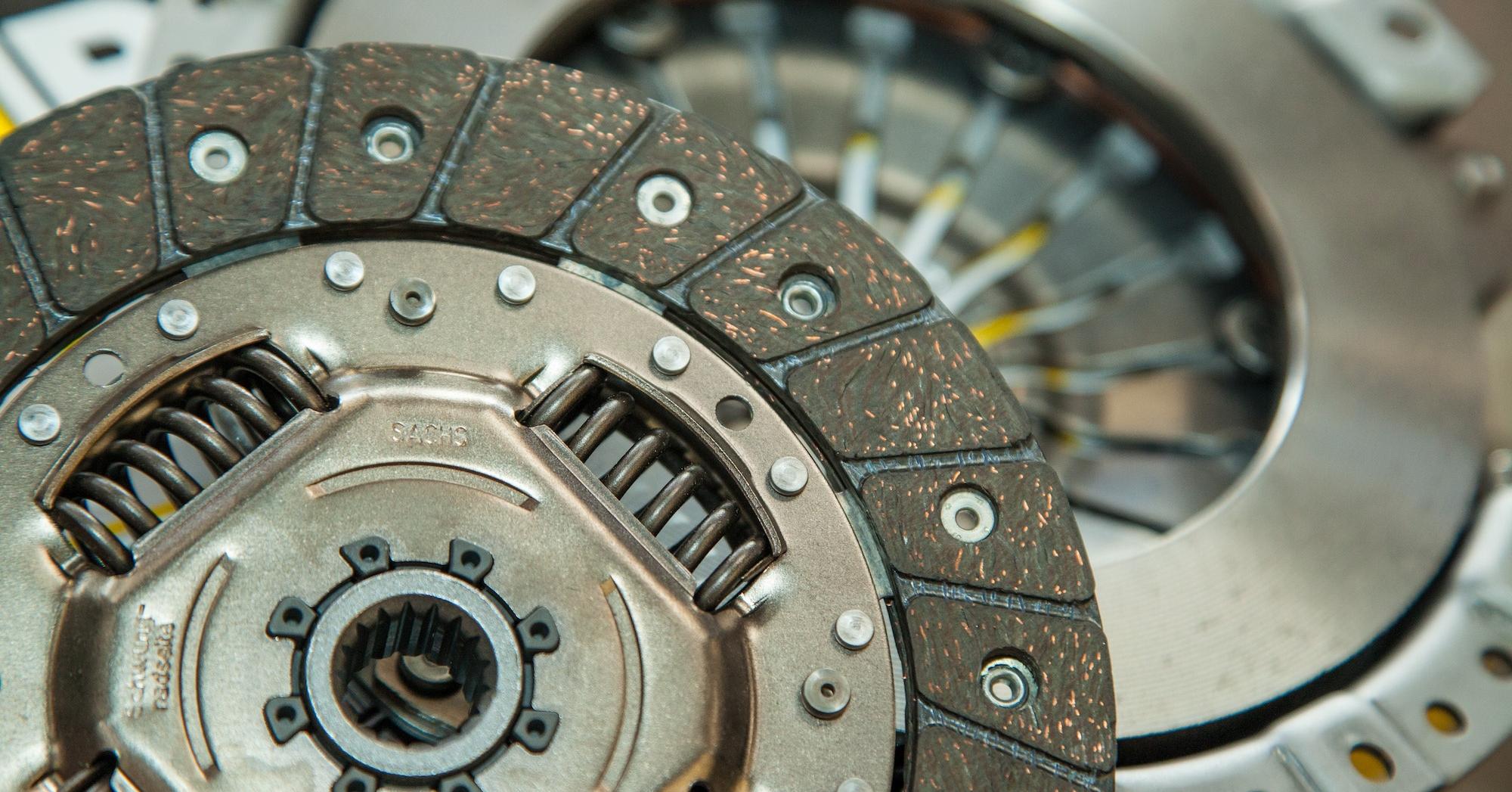Are you curious to know what is slipping the clutch? You have come to the right place as I am going to tell you everything about slipping the clutch in a very simple explanation. Without further discussion let’s begin to know what is slipping the clutch?
Driving a manual transmission vehicle offers a unique and engaging experience for many drivers. Among the various techniques used in manual driving, “slipping the clutch” is a valuable skill that can be a bit mysterious to those new to manual transmissions. In this blog, we will explore what “slipping the clutch” means, how it works, and when it’s useful in various driving situations.
What Is Slipping The Clutch?
Slipping the clutch, also known as riding the clutch, is a technique used in manual transmission vehicles where the driver partially engages the clutch pedal while simultaneously applying throttle. This action results in the clutch plate contacting the flywheel to some extent but not fully engaging, allowing for partial power transmission from the engine to the wheels.
How Does Slipping The Clutch Work?
- Clutch Engagement: When you press the clutch pedal in a manual transmission vehicle, it disengages the clutch from the flywheel. Releasing the pedal re-engages the clutch, allowing power to be transmitted from the engine to the wheels.
- Partial Engagement: Slipping the clutch involves pressing the clutch pedal partially, so the clutch plate connects with the flywheel but not completely. This means the engine’s power is only partially transmitted to the wheels.
- Simultaneous Throttle Control: While the clutch pedal is partially engaged, the driver applies throttle to control the power being sent to the wheels. This is done to balance the power output with the vehicle’s speed and the driving conditions.
When To Use Slipping The Clutch?
- Smooth Launch: Slipping the clutch is often used to achieve a smooth and gradual launch from a standstill, especially on an incline. By partially engaging the clutch and applying throttle, you can prevent the vehicle from stalling and smoothly accelerate.
- Low-Speed Maneuvers: When navigating tight turns, parking, or slow-moving traffic, slipping the clutch can help maintain control and prevent jerky movements.
- Downshifting: Slipping the clutch can be used during downshifting to smoothly match the engine’s RPM with the lower gear while decelerating. This technique prevents sudden jolts and helps maintain control when braking and downshifting simultaneously.
- Traction Control: In slippery or low-traction conditions, slipping the clutch can help prevent wheel spin by allowing the driver to control power delivery more precisely.
- Engaging 4WD or AWD: In off-road or all-wheel-drive vehicles, slipping the clutch can be useful when engaging the 4WD or AWD system to prevent drivetrain binding.
It’s important to note that while slipping the clutch can be a valuable technique in certain situations, excessive use can lead to premature clutch wear and reduced fuel efficiency. Therefore, it should be used judiciously and with a good understanding of the vehicle’s transmission system.
Visit Ofstype to Get to know about more concepts like this.
Conclusion
Slipping the clutch is a useful skill for manual transmission drivers, allowing for smoother and more controlled driving in various situations. While it can be a valuable technique, it should be applied thoughtfully and sparingly to avoid excessive clutch wear. Whether navigating tricky terrain, maneuvering in tight spaces, or achieving a seamless launch, the ability to slip the clutch is a valuable tool in the manual driver’s toolbox.
FAQ
What Happens When You Slip The Clutch?
When you feel your clutch ‘slipping’, what’s really happening is it’s engaging and disengaging constantly, meaning that no power is being delivered to the wheels and, of course, the car won’t move forward. This is a common problem with manual vehicles and, as such, should be checked every 60,000 miles or so.
What Does Clutch Slipping Feel Like?
Difficulty changing gears. The clutch pedal feels sticky, is vibrating or appearing to feel spongey or loose. Poor acceleration but still having the ability to rev your engine. Momentary loss of acceleration caused by a feeling of a ‘slipping’ clutch.
How Do You Not Slip A Clutch?
The best way to avoid this from happening is to keep your foot well away from the clutch unless you are actually changing gear. Don’t go round corners or slow down for traffic lights with the clutch semi-depressed.
Does Clutch Slip Go Away?
Usually a clutch will start slipping long before it fails. However, as soon as you notice it slipping, you should book your car in for a clutch kit replacement.
I Have Covered All The Following Queries And Topics In The Above Article
What Is Slipping The Clutch
What Is Slipping The Clutch Motorcycle
What Does It Mean If The Clutch Is Slipping
What Is Slipping The Clutch Car
What Makes A 84 Big Red Feel Like The Clutch Is Slipping
What Is Slipping The Clutch On Mustang
What Is The Only Thing Worse Than A Slipping Clutch Top Gear
What Is The Best Oil For A Kawasaki Vulcan 1600 To Prevent Clutch Slipping
What Is Slipping The Clutch On A Mustang Mean?
What Is Slipping The Clutch On A Motorcycle
What Is The Clutch Slipping
What Is The Only Thing Worse Than A Slipping Clutch
What Is Slipping The Clutch
What does slipping your clutch mean
